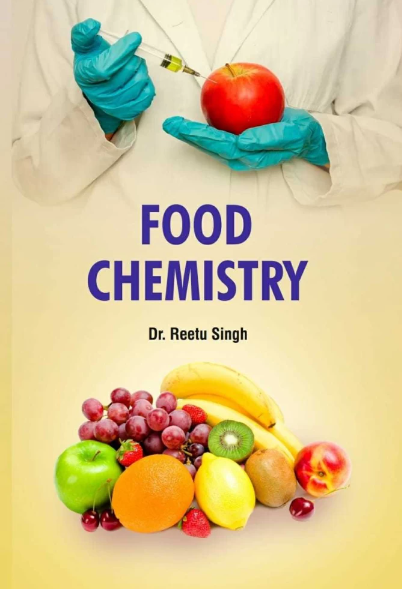Benchtop Vis-NIR spectroscopy meets machine learning for multi-task analysis in Hongmeiren citrus: Geographical origin identification and antioxidant component quantification
IF 8.5
1区 农林科学
Q1 CHEMISTRY, APPLIED
引用次数: 0
Abstract
Due to geographical indication advantage of Hongmeiren (HMR) citrus, economically motivated origin fraud has emerged, alongside significant differences in antioxidant components. This study employed benchtop visible and near-infrared (Vis-NIR) spectroscopy combined with machine learning models for simultaneously identifying geographical origins and quantifying antioxidant components in HMR citrus. Savitzky-Golay and area normalization pre-processing exhibited the performance improvement in classification and regression models, respectively. Subsequently, Boruta algorithm feature selection further improved the both regression and classification performance of models. Among these, feedforward neural network model achieved the highest classification accuracy (88.7 %) for geographical origin, with few misclassified samples (1–2) in each origin and an excellent AUC (0.943). It also exhibited highest regression effects in quantifying ascorbic acid (R2 = 0.875), total phenolics (R2 = 0.856), and total flavonoids (R2 = 0.806). Thus, benchtop Vis-NIR spectroscopy offers a practical and efficient multitask analysis method for simultaneous quality assessment and geographical authenticity identification in fruits.
台式Vis-NIR光谱与机器学习相结合,用于红梅人柑橘的多任务分析:地理来源鉴定和抗氧化成分定量
由于红梅人(HMR)柑橘的地理标志优势,经济动机的原产地欺诈已经出现,以及抗氧化成分的显着差异。本研究采用台式可见光和近红外(Vis-NIR)光谱结合机器学习模型,同时确定HMR柑橘的地理来源和定量抗氧化成分。Savitzky-Golay预处理和区域归一化预处理分别在分类模型和回归模型上表现出较好的性能。随后,Boruta算法的特征选择进一步提高了模型的回归性能和分类性能。其中,前馈神经网络模型对地理产地识别的分类准确率最高(88.7 %),每个产地的误分类样本较少(1-2个),AUC(0.943)优异。在抗坏血酸(R2 = 0.875)、总酚类(R2 = 0.856)和总黄酮(R2 = 0.806)的定量分析中,回归效应最强。因此,台式可见光-近红外光谱技术为同时进行水果质量评估和地理真实性鉴定提供了一种实用高效的多任务分析方法。
本文章由计算机程序翻译,如有差异,请以英文原文为准。
求助全文
约1分钟内获得全文
求助全文
来源期刊

Food Chemistry
工程技术-食品科技
CiteScore
16.30
自引率
10.20%
发文量
3130
审稿时长
122 days
期刊介绍:
Food Chemistry publishes original research papers dealing with the advancement of the chemistry and biochemistry of foods or the analytical methods/ approach used. All papers should focus on the novelty of the research carried out.
 求助内容:
求助内容: 应助结果提醒方式:
应助结果提醒方式:


